|
Attention all HSU students!
If you, or someone you know, has an interest in being apart of a team striving for sustainability, then look no further! For the 2021-2022 school term, WRRAP will be hiring for several positions in different branches including the Compost branch. More information on each position can be found on HSU Handshake. Applications are due the first week of May, so get your documents in ASAP!
0 Comments
 image pulled from https://www.solanacenter.org/resources/compost-it-yourself/compost-tea-worm-tea-leachate image pulled from https://www.solanacenter.org/resources/compost-it-yourself/compost-tea-worm-tea-leachate Many people use rice water to give their plants nutrients that help them stay healthy and grow, so what if I told you there was something that works even better for plants! Compost tea, or worm tea, is a liquid that contains good bacteria, fungi, and other microorganisms that help plants grown healthy and strong. The tea also helps improve a plants' immune system, making them stronger against insects and diseases. However, when collecting this tea from your compost bin, be sure that you are not collecting leachate. Leachate can be bad for your plants and it is best to avoid using it, especially if you're thinking of using it on edible plants. Leachate can contain toxins like phytotoxins, which can harm both plants and humans. If you find that your compost bin has leachate in the bottom bin, you should dilute it (10 parts water, 1 part leachate) before disposing it in an area with little to no plant life. When collecting the liquid from your compost bin, you should pay attention to the color of it to determine if it is compost tea or leachate. Leachate tends to be very dark while compost tea can range from a light to medium brown tint; however compost tea and leachates can look similar at times, the most reliable way to tell the difference is based on the smell. Leachate tends to have a very pungent odor in comparison to compost tea, while the latter may have no smell or an earthy smell to it. Happy composting and remember, the compost tea is good for plants to "drink" not humans! 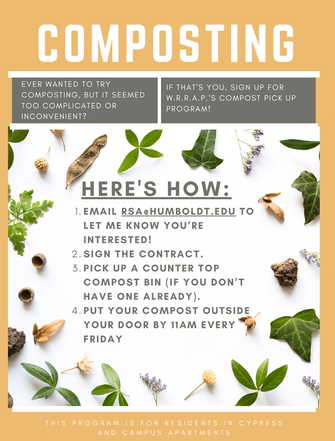 If you are currently living in Cypress or Campus Apartment living areas, the Compost Squad is reaching out to connect with students who are interested in having a compost bucket for the Spring 2021 semester. If you are interested first contact the RSA at [email protected], from there you will receive further information on what to expect after receiving a compost bucket. Keep a look out for future posts explaining what can and can't be put into the compost buckets! So you want to start composting from home but you don't know where to start, well look no further! Before jumping right into how to compost at home, I should introduce the basics of composting first.
When filling your compost bin it's important to have proportional parts of carbon, nitrogen, and air. It's especially important to have a ratio of 3:1, or 3 parts of carbon for each part of nitrogen. Giving your compost bin air is straight forward, you just turn the compost mixture around a couple times a week. Now you may be wondering what is considered carbon and what is considered nitrogen, it's easy once you know the explanation. Carbon can be things like cardboard, black & white newspaper, saw dust, dry leaves, or even straw, while nitrogen can be found in your food scraps and fresh yard waste (ex. grass clippings). If you want more information on compost ratios, check out this resource from Cornell University here. Another thing to keep in mind when adding these components into your bin, is the moisture levels and the temperature. When feeling your compost, it should not be soaking wet nor should it too dry, it should feel similar to a damp sponge. If your compost is too wet, add more things with carbon to make it more dry; if you have compost that is too dry add water in small increments until it feels more moisturized. For the temperature of your compost, make sure to not leave it outside on freezing nights, as low temperature can mess with your compost. You don't have to worry about the temperature too much if you have indoor composting bins, as they would be sitting in a room temperature environment. Now that the basics have been covered, I can explain the different ways to compost from the comfort of your own home. 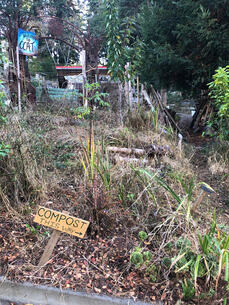 If you would like to request a compost bucket, send an email to the Residential Sustainability Advisor at [email protected]. If you are currently living on campus and have WRRAP compost buckets, there are several locations to dispose of the contents inside your compost buckets. One of the best places to do this is at the Cultural Center for Appropriate Technology, or better known as CCAT! CCAT is located behind the BSS building and the Schatz Energy Resource Center. Follow the signs around CCAT to find where to dispose of your compost bins. If you cannot get to CCAT there are several other locations on campus to dispose of your compost buckets (Locations and images listed below). Whether you’re watching the Super Bowl this weekend or just want a tasty snack, you’ll want to try this vegan friendly chili cheese recipe; Pair it with chips, fries, or whatever your heart desires!
INGREDIENTS YOU’LL NEED
INSTRUCTIONS 1. Heat the oil in a large pot over medium heat. Add the yellow onion, a few pinches of salt and pepper, and stir.
And that’s it! You’ll have a tasty bowl of vegan chili in no time with this quick and easy recipe! Credits to Jeanine from Love and Lemons for recipe and picture (found here) Valentine’s Day is coming up soon and maybe you have a special someone you would like to give a token of your appreciation. Or maybe you want to show some love to your friends, well look no further! Today, I will be showing you how to make your own paper valentine heart, made completely from recycled paper and can be planted!
To start, you will need the following items:
Lets Begin 1. Begin by tearing up paper, the more paper the better! Don’t worry about tearing them into tiny pieces, as in the next few steps you will be using a blender.
Credits to Meghan Cooper for the DIY recipe found here! Hello, fellow Humboldt State students. The Compost Intern at WRRAP, Karina Vega, will be making a vegan/vegetarian cookbook to share. If you have any zero waste friendly/compostable recipes, please send them to [email protected]. When emailing your recipe, please include your name so credit can be appropriated for your contribution. Thank you for making HSU a sustainable place!
Click Below to watch our recipe videoHello, fellow Humbodlt State University Students! The compost squad prepared this compost pudding recipe to visualize the concept of composting. At the end of the recipe, you end up making a yummy treat that you can consume.
Watch the Video Here:Please watch our compost 101 video and learn all about composting that suits you!
|
AuthorThe blog is provided by students right here in Cal Poly Humboldt. The team of students in charge of the blog are Max Cunningham, Kristina Fiebig, and Daniel Chaidez. Archives
April 2021
Categories |
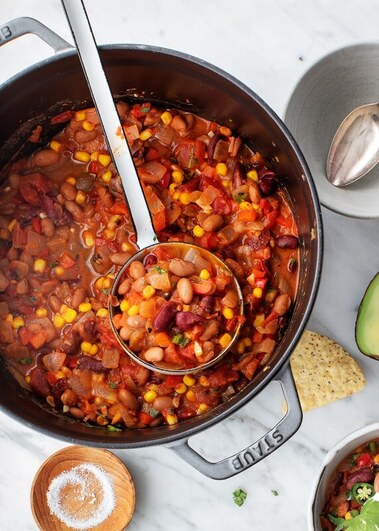
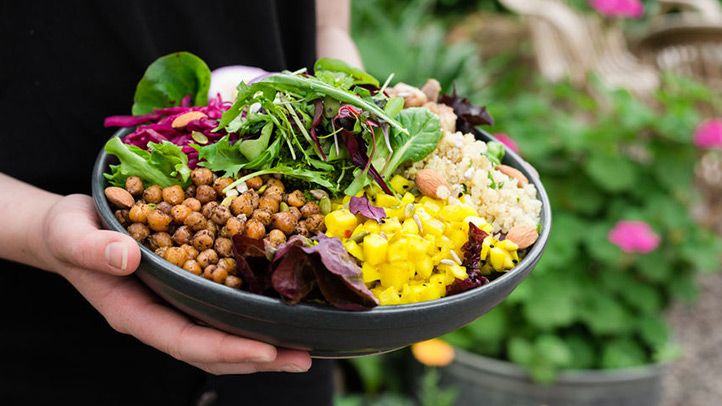
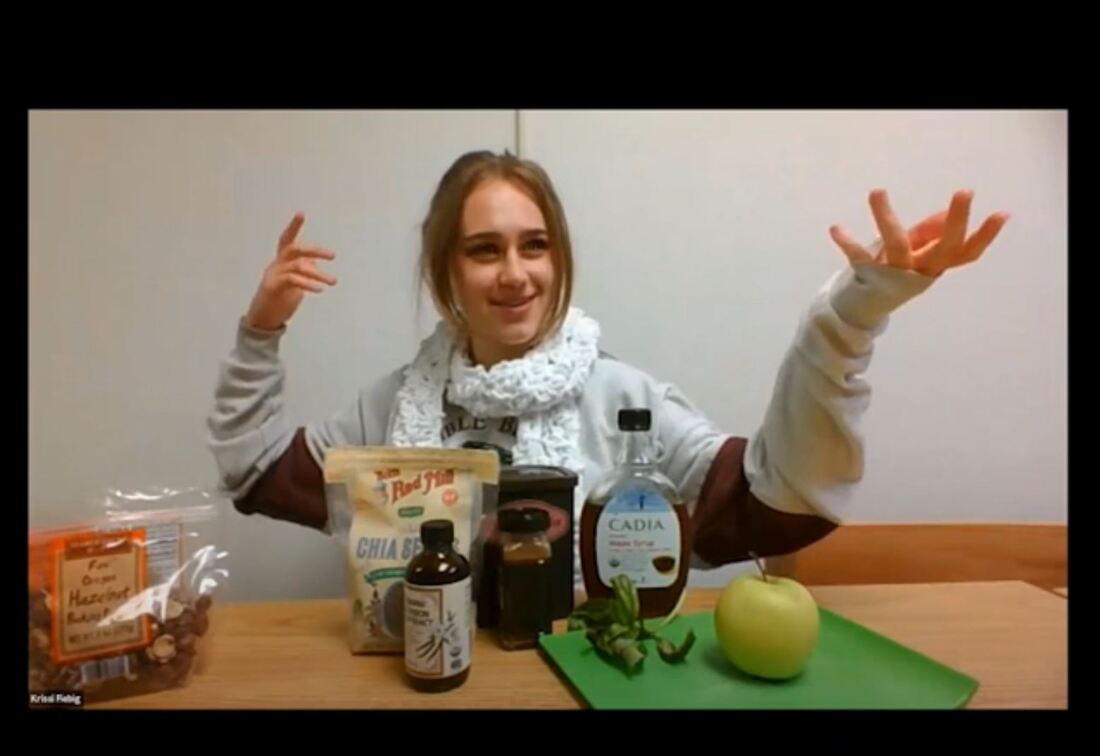
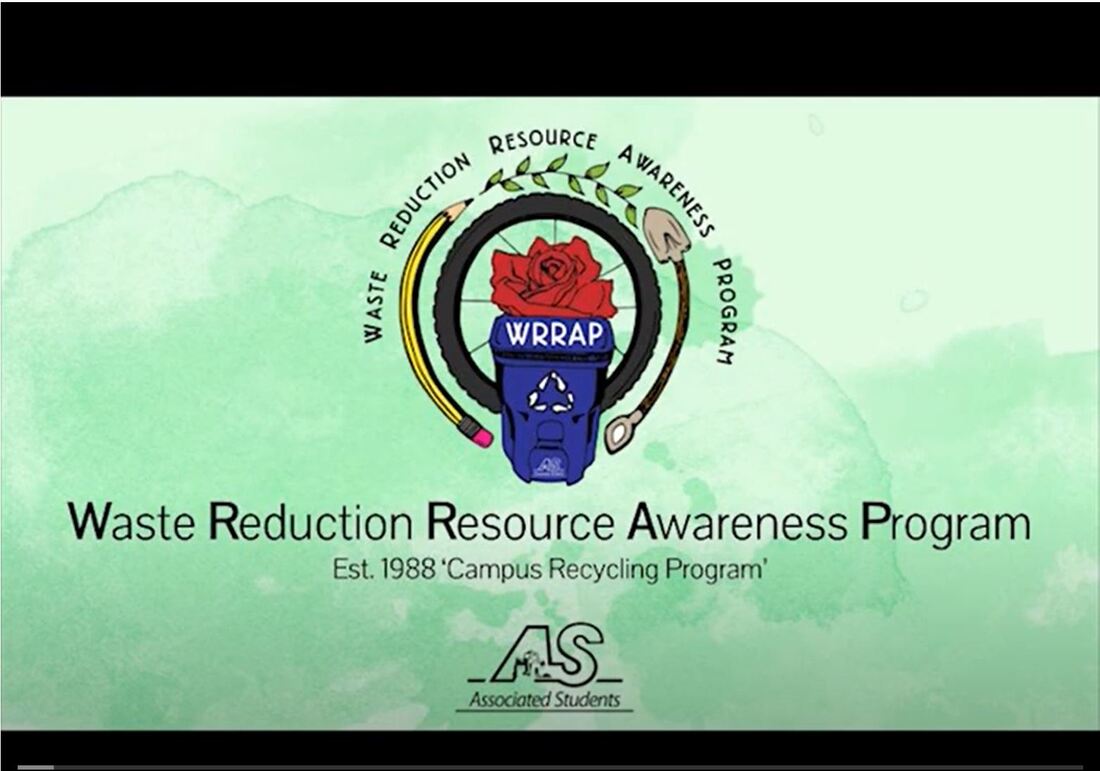
 RSS Feed
RSS Feed
